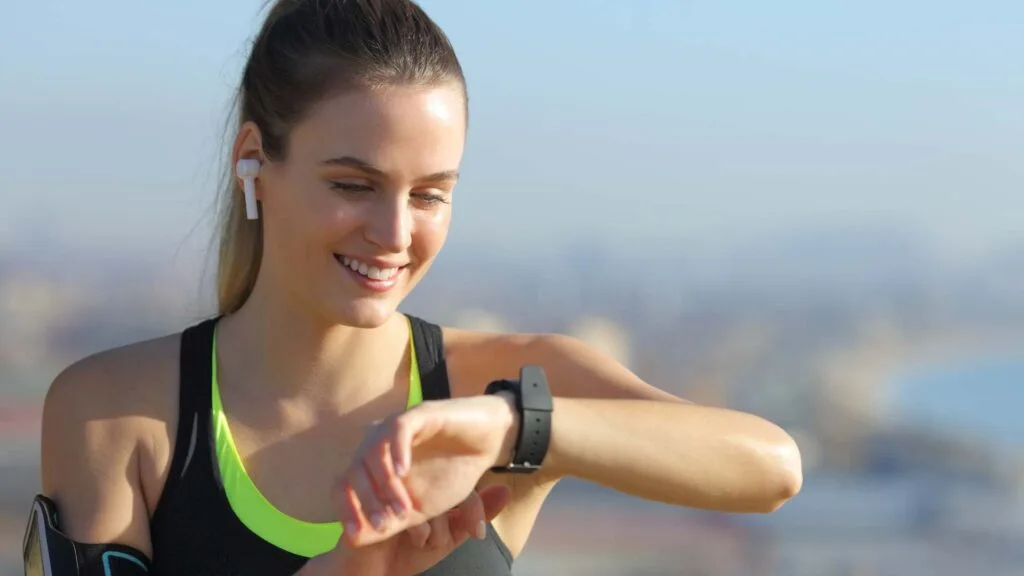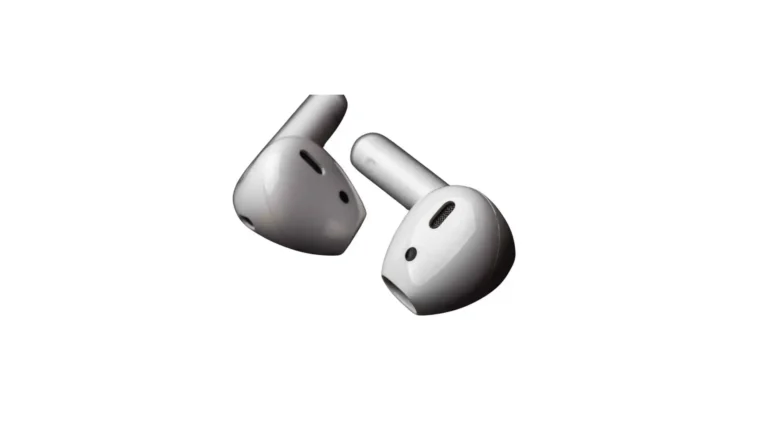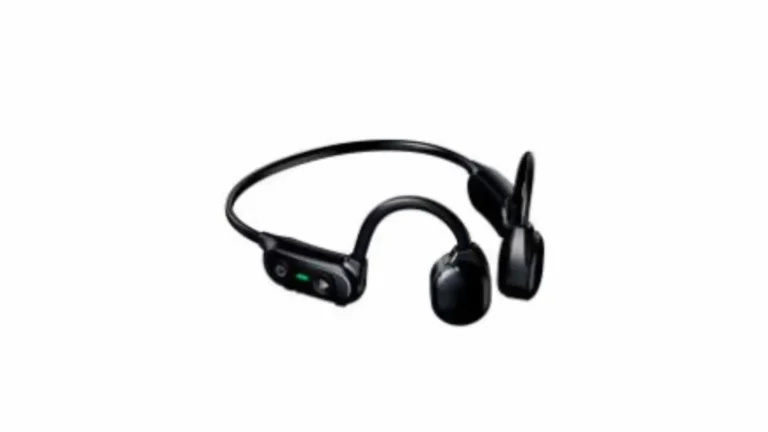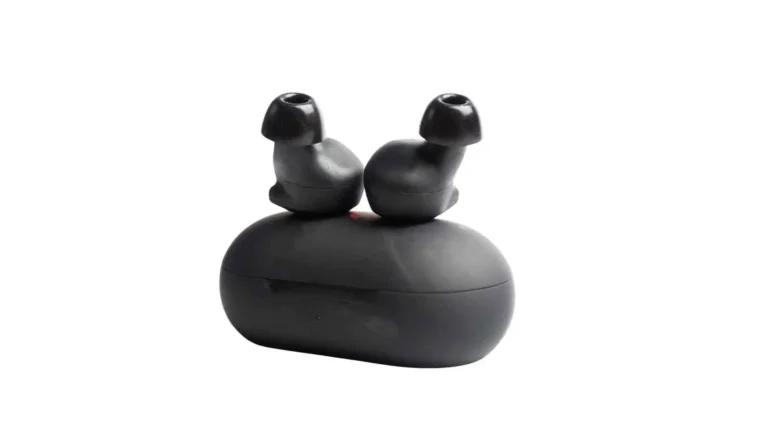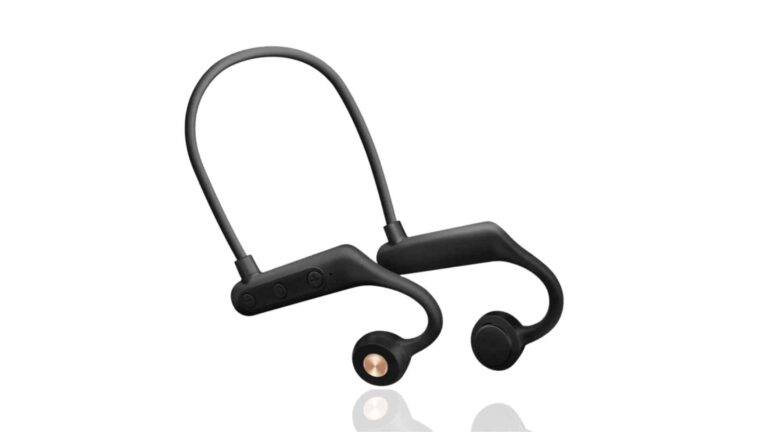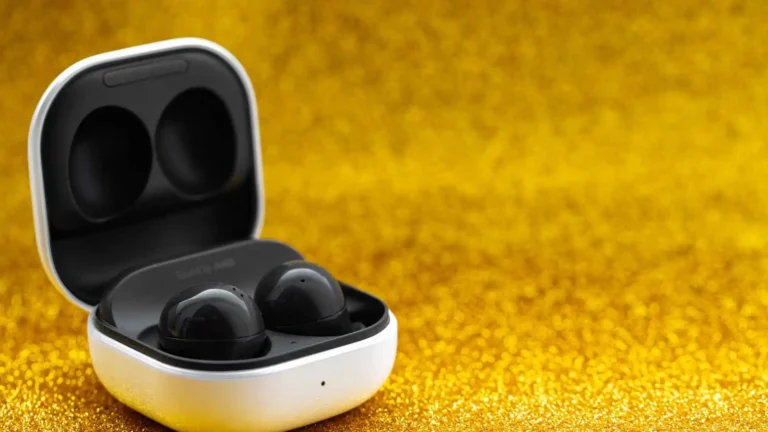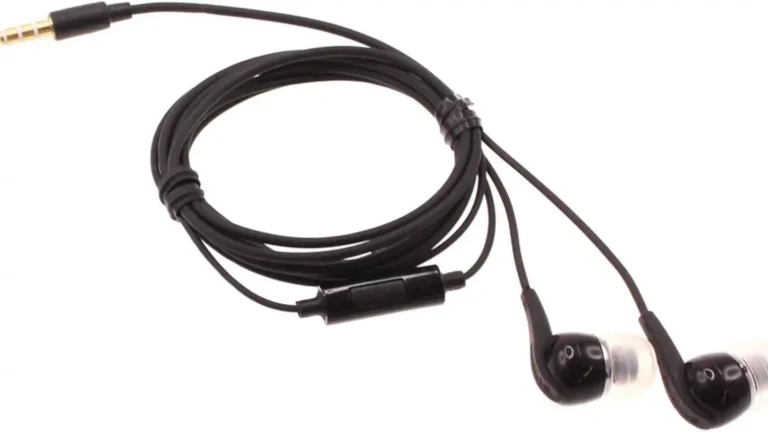Table of Contents
ToggleMillions of people have made smartwatches a popular accessory in this technology-dominated era to help them live healthier lives. Frequently, wearables are touted as providing the ability to monitor heart rate among their many functions, which is considered one of the most important benefits. But how precise are these hearts rate sensors? In this thorough examination we go deep into the realm of Smart Watch Heart Rate Accuracy to discover the truth behind these numbers.
Development of Smartwatch Heart Rate Monitoring
The development of monitoring heart rate in smartwatches has been awe-inspiring. Let’s take a trip through the past, beginning with the first attempts at tracking pulses to the sophisticated sensors and algorithms used by modern smartwatches.
Understanding Heart Rate Measurement
Before we get into the precision aspect, it’s essential to understand the method of measuring heart rate through these wearable devices. We’ll examine the various ways such as photoplethysmography (PPG) as well as electrocardiography (ECG) and many other methods, while shedding light on their strengths and drawbacks.
The Factors that Influence Smartwatch the accuracy of heart rates
Smartwatches are subject to a myriad of variables that impact the precision of heart-rate measurement. We’ll look at factors such as skin tone as well as fitting of the device motion artifacts and the environment, and their effect on the accuracy of the readings.
Evaluation Studies as well as Benchmarks
To determine the accuracy of heart rate monitors on smartwatches various research studies on validation were conducted. We’ll look into the findings of these studies as well as explore the benchmarks these devices should be able to meet in terms of accuracy.
The Top Contenders with respect to Smartwatch heart rate accuracy
There aren’t all smartwatches identical in terms of measuring heartbeat. We’ll look at the top contenders on the market, and then examine their performance in providing precise heart rate readings.
Practical applications and implications
Apart from helping you with fitness, smartwatches can also be used in healthcare. We’ll look at how these devices are used to find health problems early and how they might be used for things like talking to a doctor from far away, which we call telemedicine.
Strategies for Enhancing Smartwatch heart rate accuracy
If you’re looking to increase your accuracy with their hearts rate information, we’ll offer useful tips along with best methods to make sure that you get the most reliable data.
Conclusion
In our quest to understand how accurate smartwatch heart rate monitors are, we’ve uncovered a world where technology is always getting better at giving us precise readings. These devices have come a long way, but it’s important for users to know what they can and can’t do, and what factors might affect how well they work. Smartwatches are becoming a bigger part of our daily lives, and they could be really helpful not just for people who want to stay fit but also for doctors and people who want to stay healthy. Ultimately, how well smartwatches measure our heart rate shows how technology and health are coming together to give us new ways to take care of our health.
Researchers conducted a groundbreaking study to verify the precision of wrist-worn wearable devices in monitoring paroxysmal supraventricular tachycardia (PSVT). which involves episodes of rapid heart rate. The research included three popular wearable gadgets: Apple Watch Series 2, Samsung Galaxy Gear S3, and Fitbit Charge 2. At the Heart Rhythm Society’s 39th Annual Scientific Sessions in May 11, 2018, the study’s findings will be presented.
Active voice: Your heart rate suddenly increases in bouts (above 100 beats per minute) due to electrical impulses originating above your ventricles. It affects about 2.5 out of every 1,000 adults and can impact individuals without prior cardiovascular issues. Patients with PSVT, a heart condition, often complain of experiencing palpitations when seeking medical care from arrhythmia or cardiology clinics. Wearable devices, popular for tracking fitness levels, now incorporate photoplethysmography (PPG) technology to capture and monitor heart rates. However, there’s a limited number of studies evaluating the accuracy of these devices, particularly in arrhythmic situations.
The study involved 51 consecutive patients with a history of PSVT or paroxysmal palpitations scheduled for an electrophysiology study. The average patient age was 44.4 years, with 53 percent being male. The research evaluated three commonly used wearable technologies: Apple Watch Series 2 (Apple), Samsung Galaxy Gear S3 (Samsung), and Fitbit Charge 2 (Fitbit). The patients wore one device on each wrist and monitored their heart rates: one at the baseline and the other during induced PSVT episodes.
When they first checked, people’s heart rates were between 50 and 101 beats per minute. The Apple device was 100 percent accurate, the Samsung device was also 100 percent accurate, and the Fitbit was accurate 94 percent of the time, all within 5 beats per minute of the actual rate.
During episodes of rapid heart rate (PSVT), heart rates ranged from 108 to 228 beats per minute. The Apple and Samsung devices were both 100 percent accurate in measuring heart rates within 10 beats per minute of the actual rate, while the Fitbit was accurate 88 percent of the time.
No matter what type of rapid heart rate condition people had, their age, or their gender, these devices generally provided accurate readings.
Dr. Jongmin Hwang from Seoul Asan Medical Center in Seoul, Korea, said, “Millions of people worldwide use mobile other devices that can measure heart rate. Our study is the first to check how well these tools work for patients. As doctors, we see these devices as a way for patients to learn more about their heart health and take better care of themselves. With technology giving them information very easily, we hope patients will be more informed and more likely to talk to their doctor about their health

